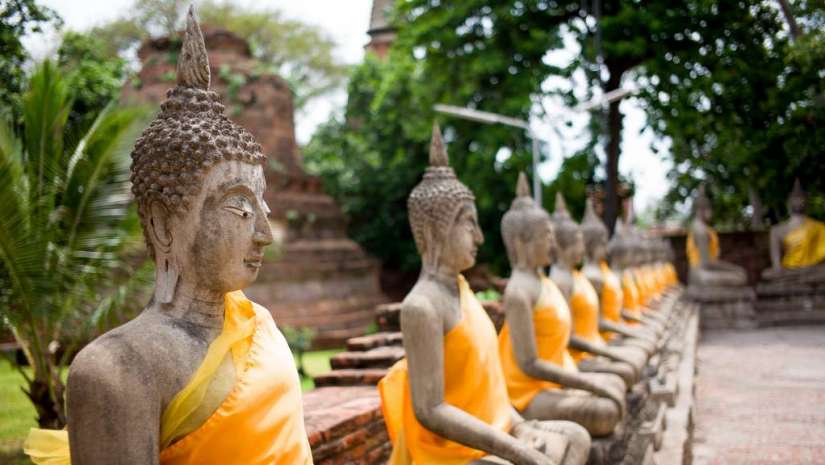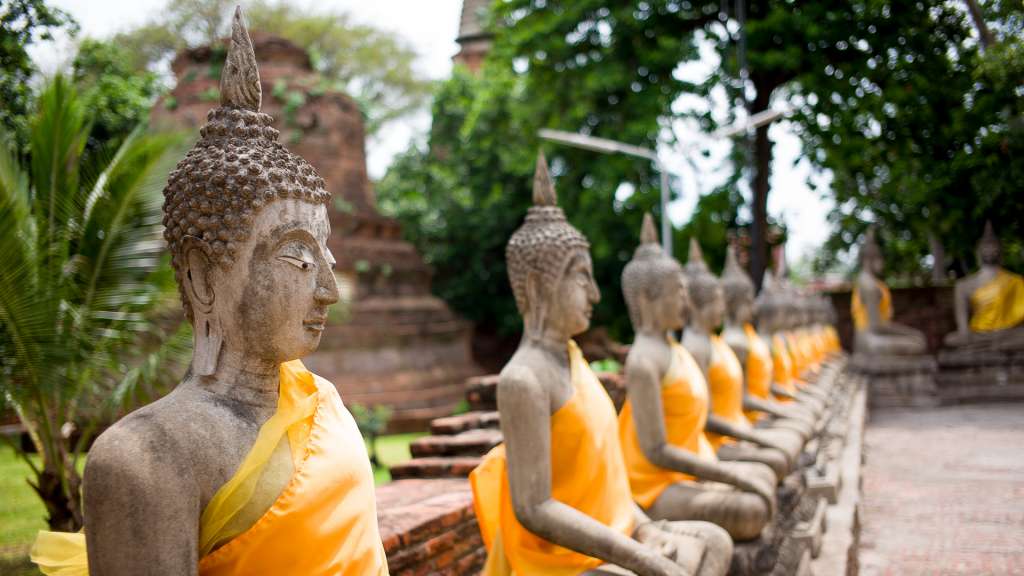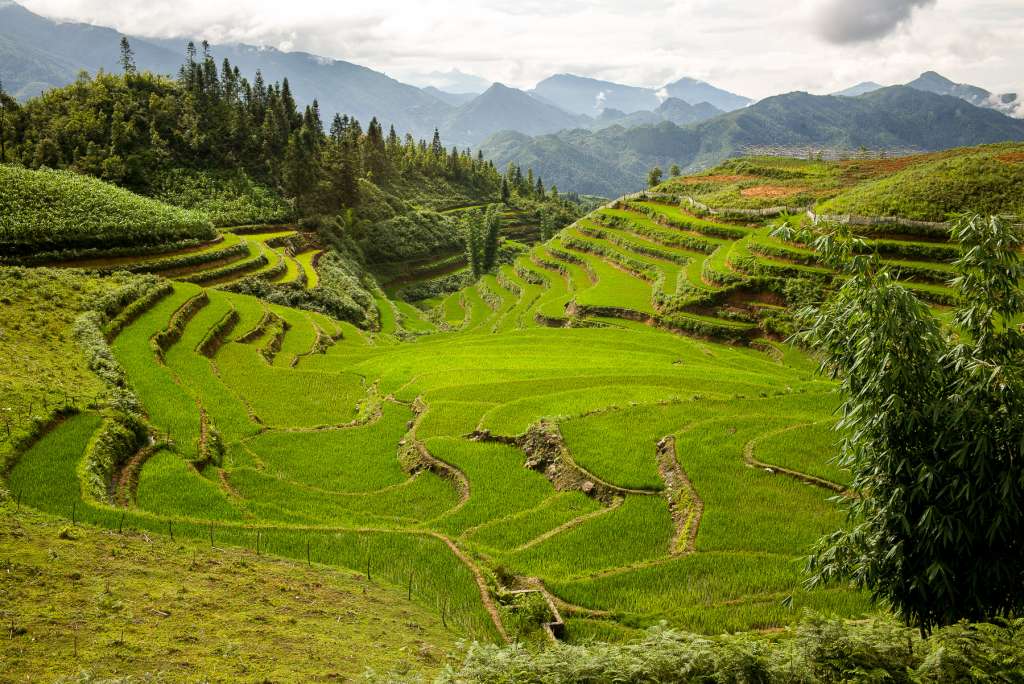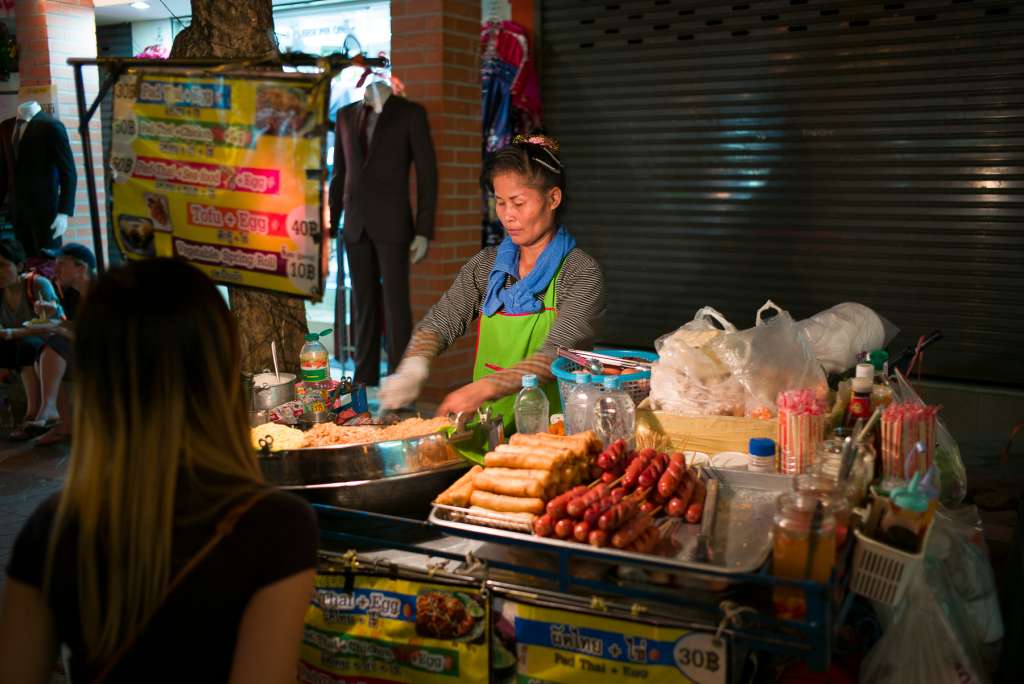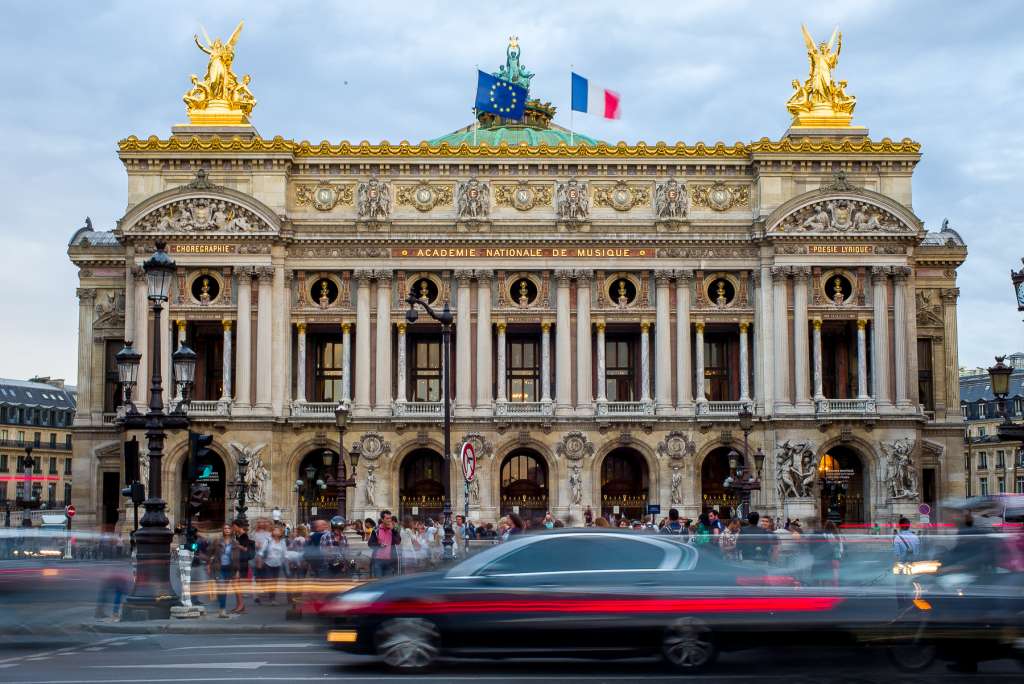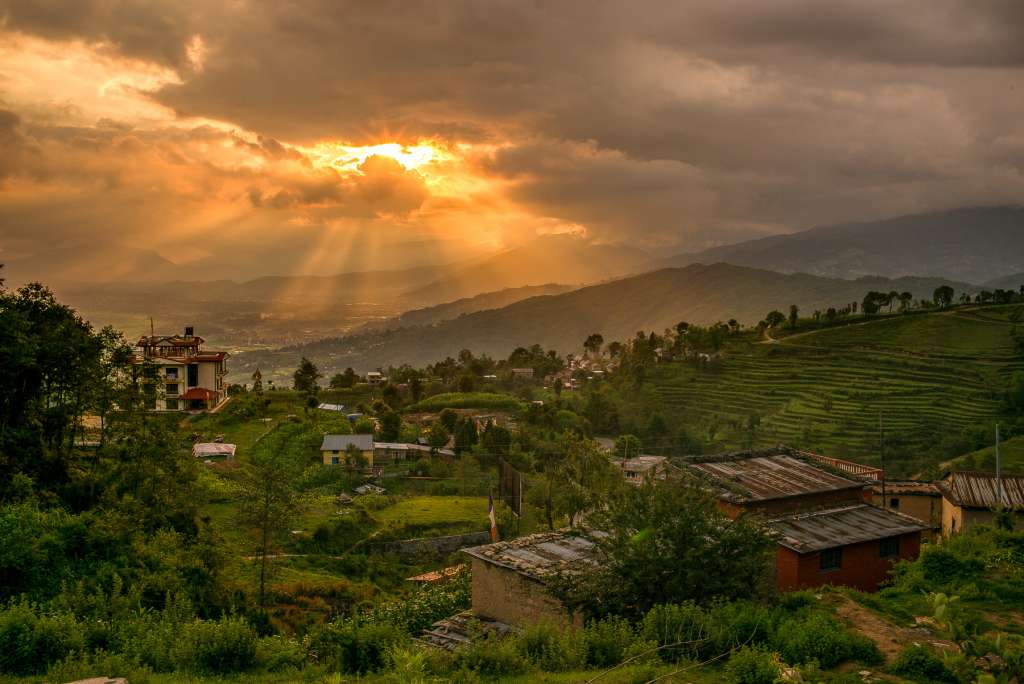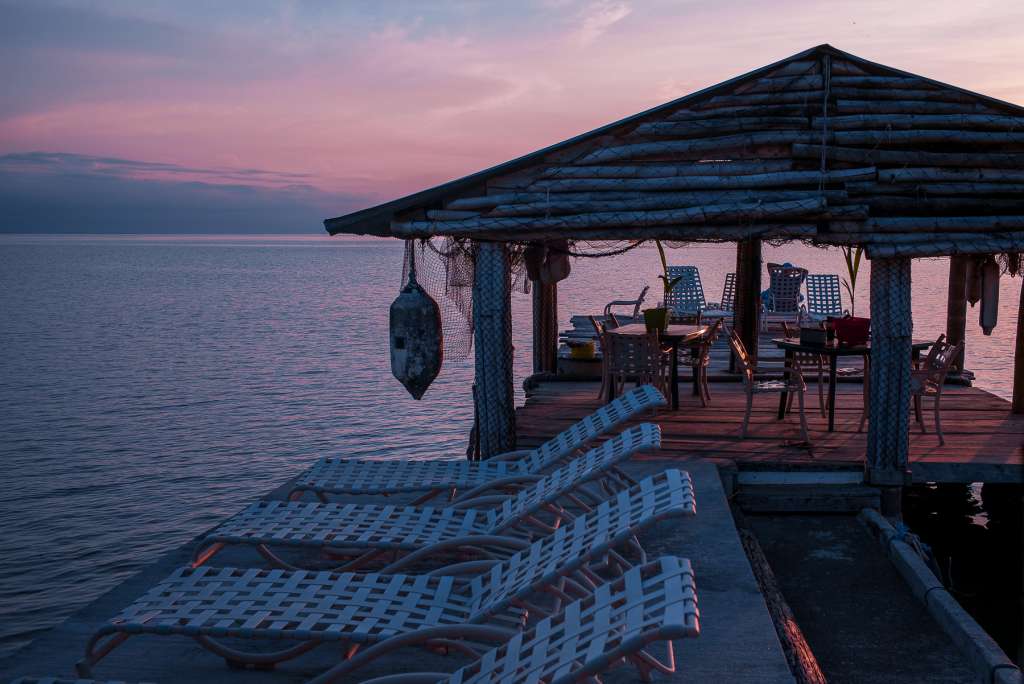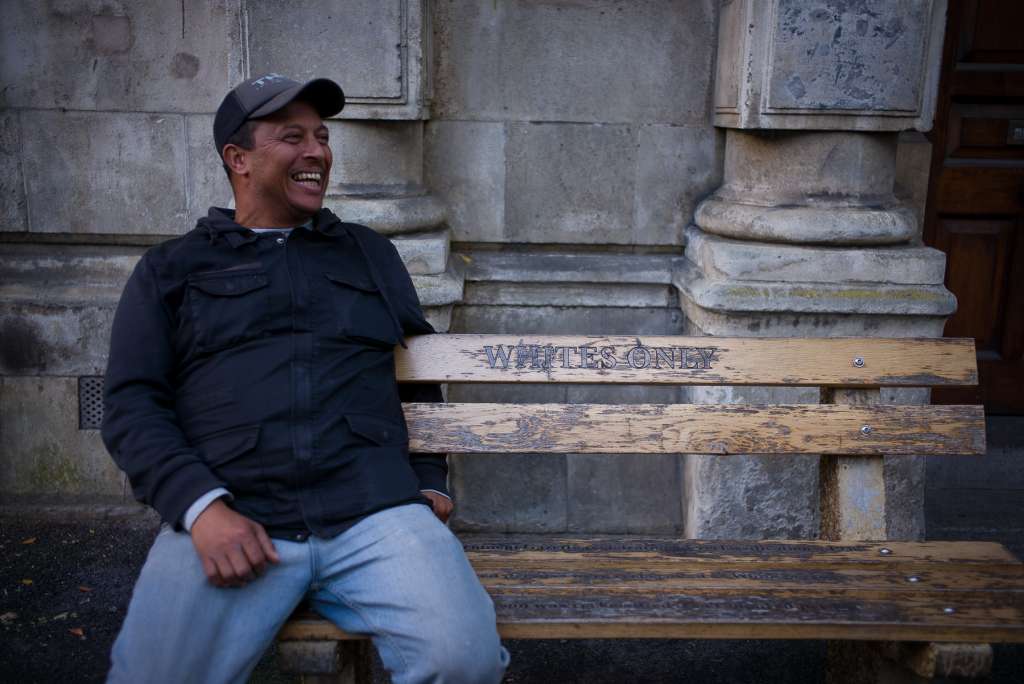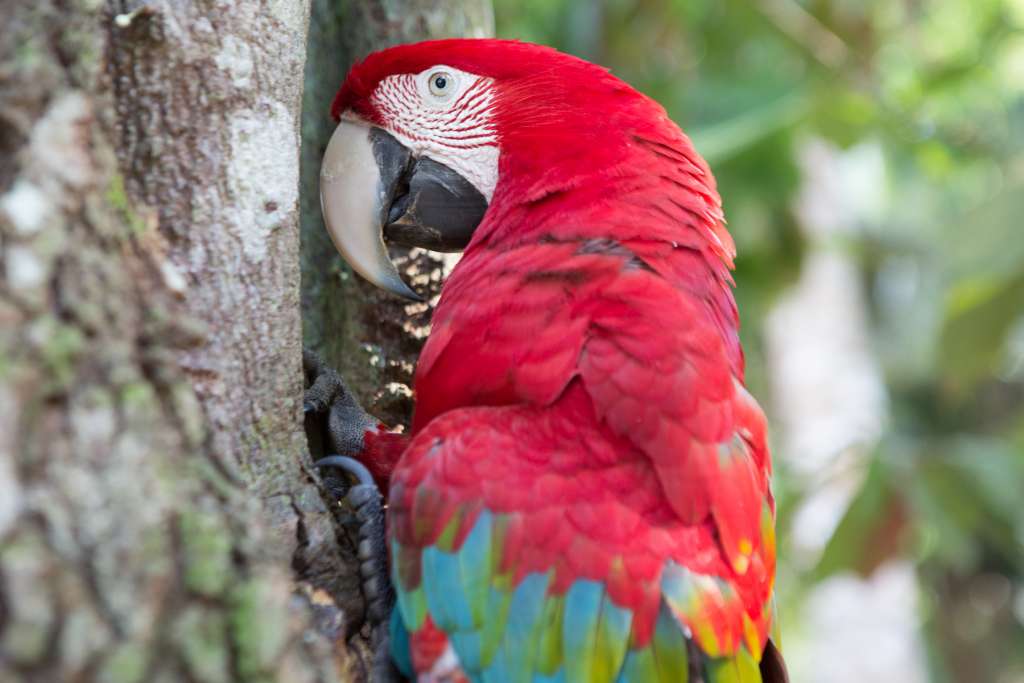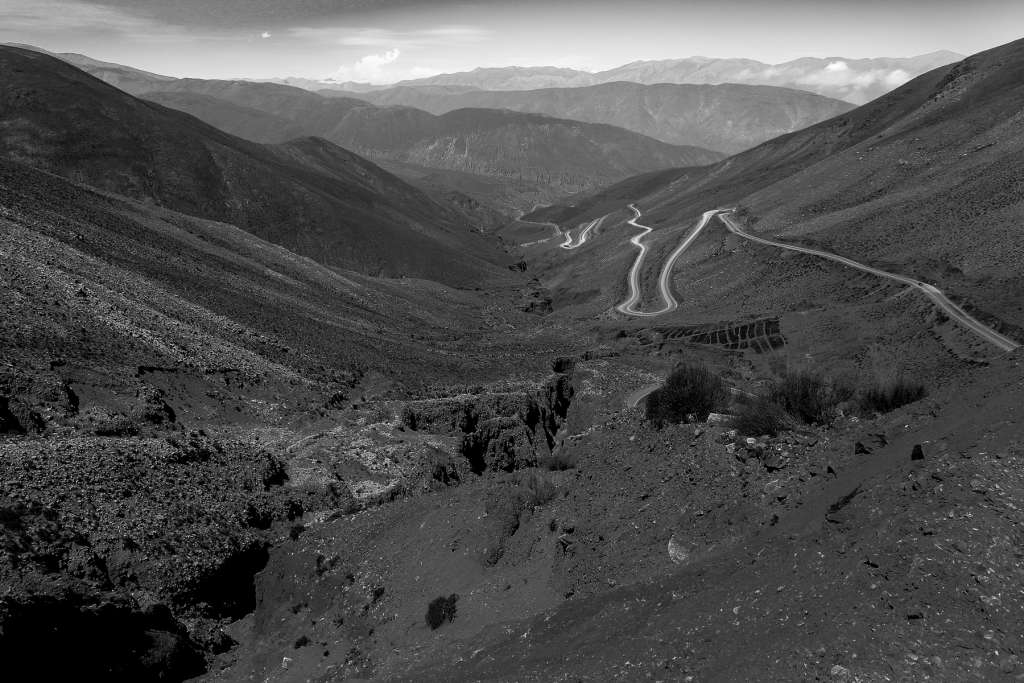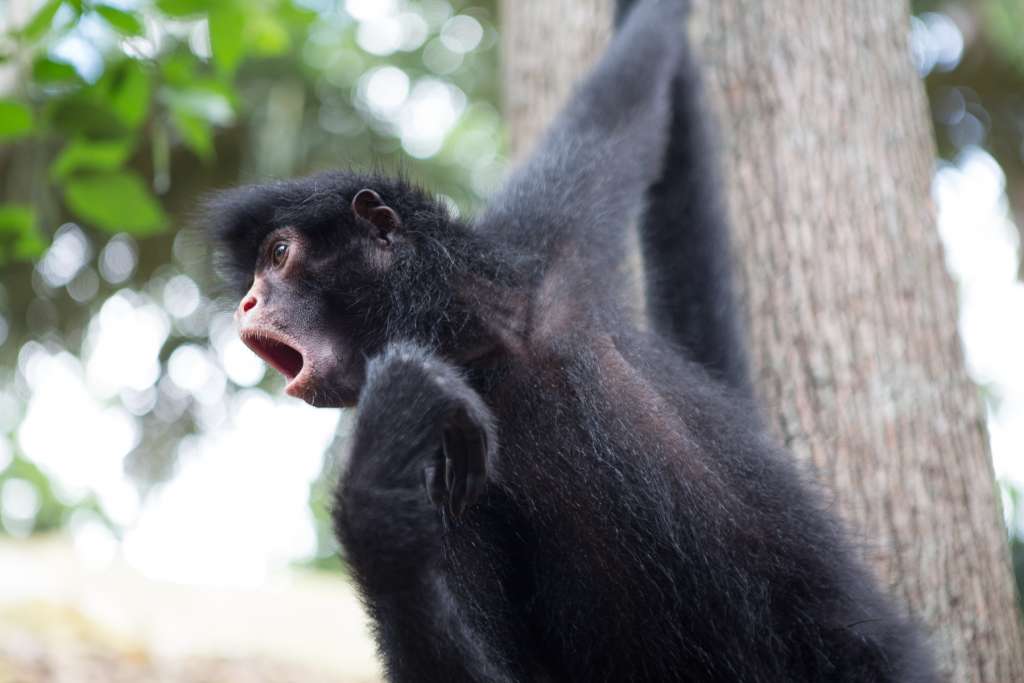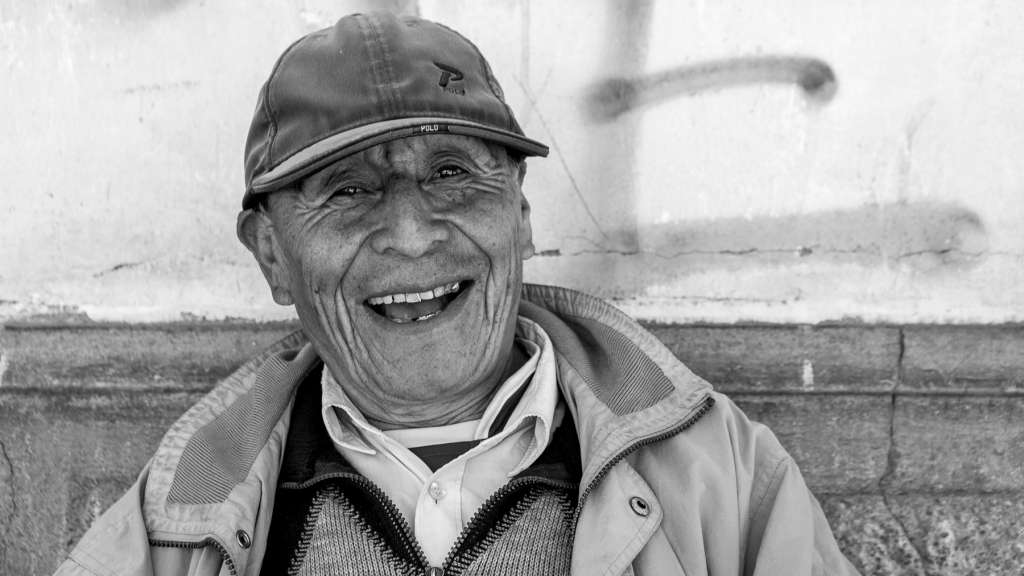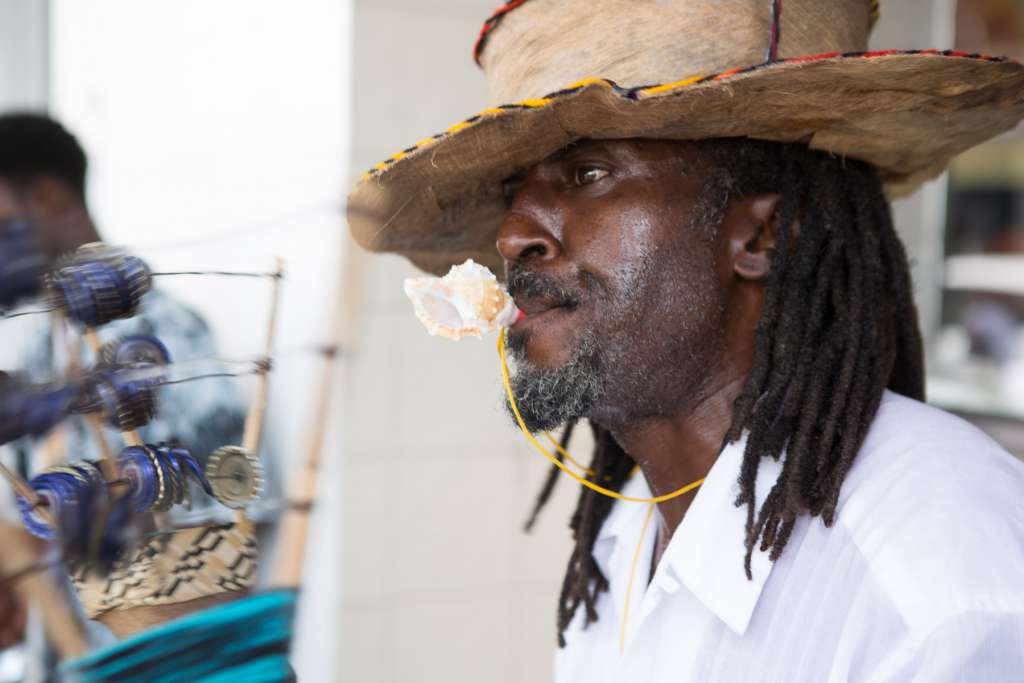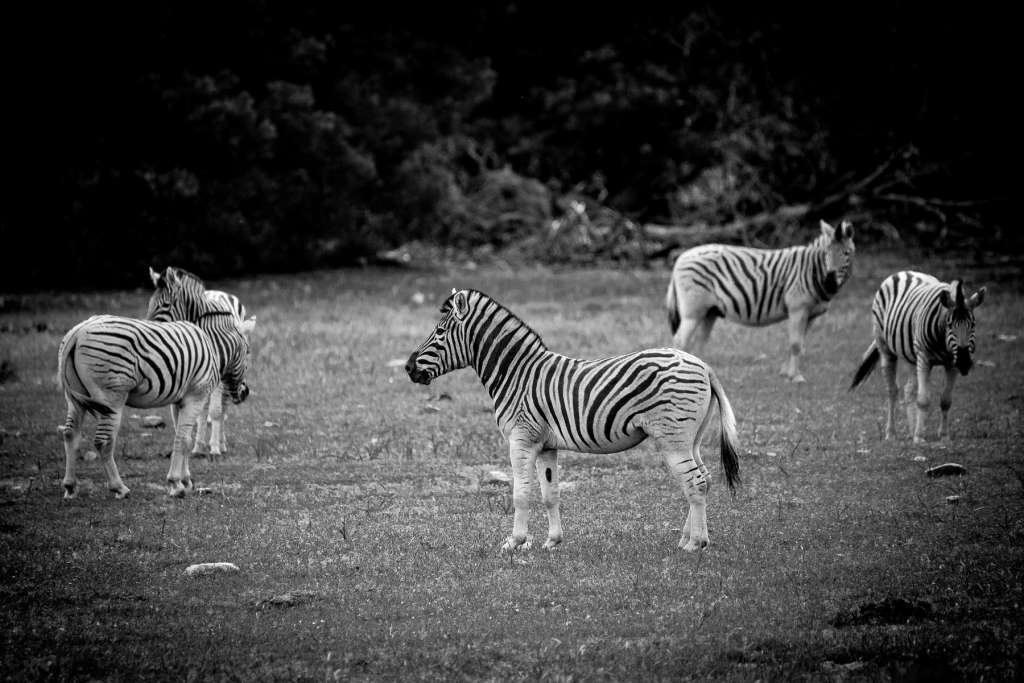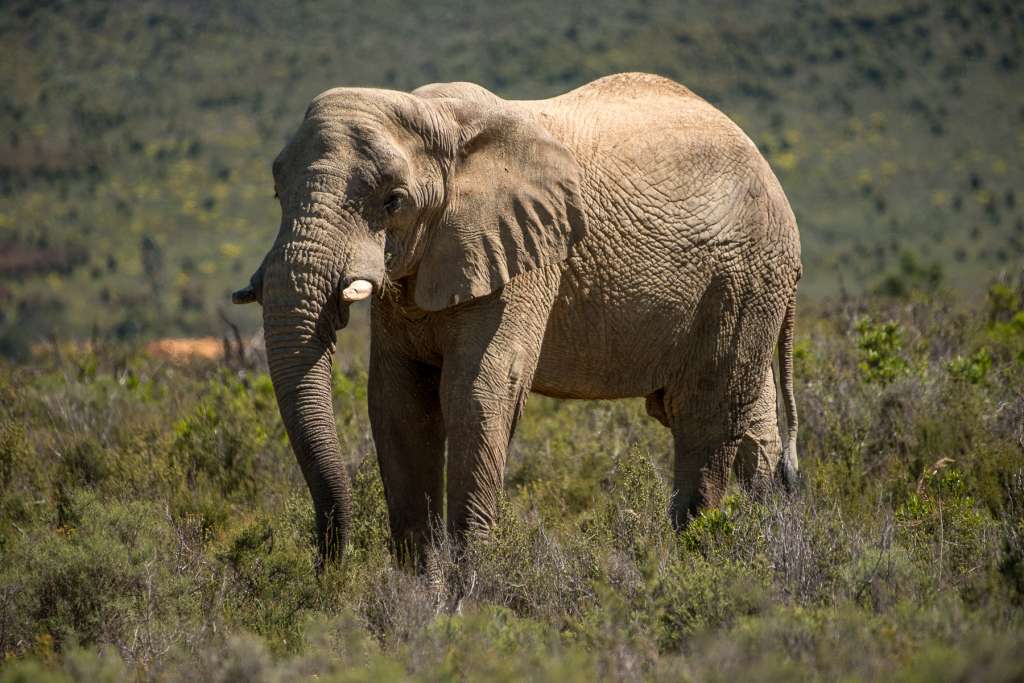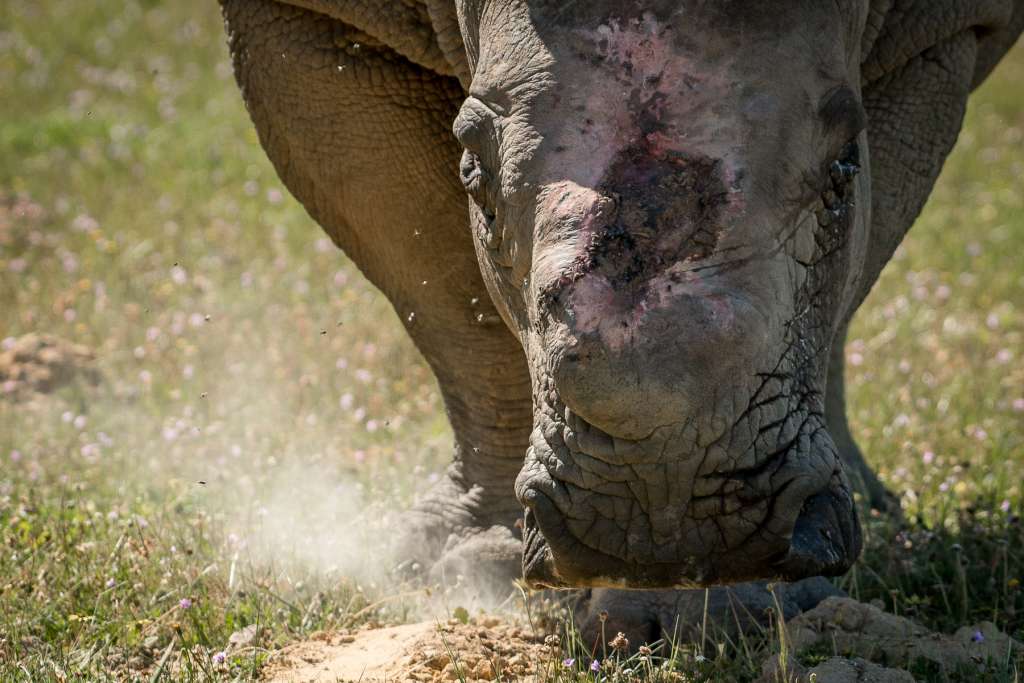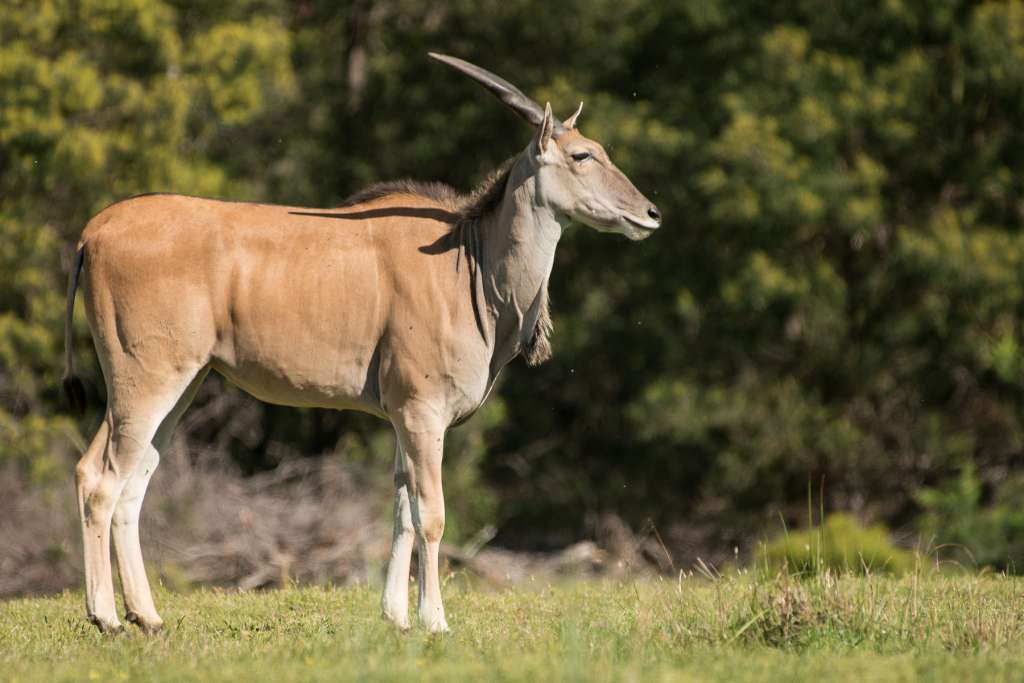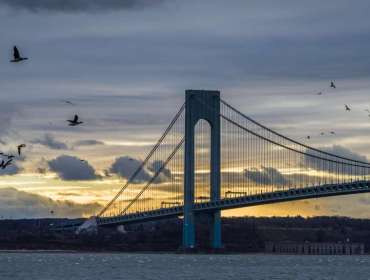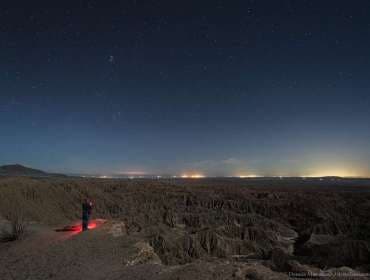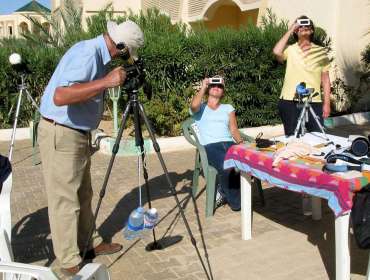It’s summer and you’re getting everything packed and ready for your next great vacation, but one question looms large – which lens should you bring? For many of us, this is a big challenge. We’d love to bring all our lenses, but weight and space just won’t allow it. So, which lens is the ultimate travel lens?
My travel experience
I’ve been traveling full-time for over three and half years. I’ve visited 42 countries and have been to six continents during that time. For the first two years, I traveled by plane, train, and automobile and kept all my gear in a backpack. Then I switched to a motorcycle and I now keep all my gear in my panniers. Here’s what I’ve learned along the way.
Identify your goals
Before deciding which lens to bring, you should identify your goals. What kind of photos are you planning to take? Are you shooting scenic photos, family portraits, snapshots, street photos, wildlife, or something else entirely?
You don’t have to know exactly what you are going to shoot, but you should know what you are going to shoot most of the time. Knowing this will help you narrow the options and help you avoid lens choice anxiety.
How many lenses?
You should also determine if this is a one-lens-only trip. If you’re heading out on a photo expedition, you’ll be working with a different set of criteria. Do you have to limit yourself to just one lens? If you can bring two lenses, your creative options are much greater.
If you just can’t decide, you’re not out of luck. There are some lenses that will do almost everything. Here are my choices for the best travel lenses based on the things they do best.
The best choice according to the numbers
About 2 years ago, I looked at the metadata in my Lightroom catalog to learn which lenses I used most, and which had the best winning percentage. A “winning percentage” is simply the percentage of images I’d flagged for each lens. Based on that research, I named my Leica 35mm Summicron lens the best travel lens for me.
The 35mm: Winner for mirrorless and Rangefinder cameras
It’s been over 2 years since I made that video, and I’m happy to say that the data holds up. In fact, I now shoot well over 70% of my travel photos with my 35mm and 21mm lenses. But the 35mm is still the favorite, and for good reason.
A 35mm lens is wide enough for scenic images and street photography. It’s also perfect for environmental portraits – which (for me) is essentially 80% of all travel photography. It allows you to shoot the places you visit, the people you see, and it’s great for getting a shot of yourself, friends, and family in specific locations, and that’s what environmental portraiture is all about.
The 35mm f/2 has a wide enough aperture to soften the background with shallow depth of field when needed, but it’s also wide enough to allow you to shoot handheld with shutter speeds down to 1/30 of a second (even slower if you have a steady hand).
This lens is also small enough to allow you to shoot in busy locations without drawing attention to yourself. It just doesn’t stand out like a big 70-200 f/2.8 or other larger zoom lenses. But the 35mm does have a downside; it’s no good for shooting wildlife, birds, or things far away. For that, you’ll need a longer lens.
See all 35mm lenses at Adorama.com
24-70mm f/2.8: Winner for DSLR Cameras and Mirrorless Cameras
In my opinion, this is the “best” do-everything lens. When I was traveling with my Canon gear this was the lens of choice for me. It’s almost perfect. It’s a wide-angle lens for street photos and epic scenic shots, but it still has a long end for portraits and getting a bit closer to things that are just a bit too far for a wide-angle lens.
If you are shooting with a DSLR and need a one-lens solution, this is it. I traveled with this lens for years and never imagined I’d switch to anything else. At f/2.8 it soaks up the light and allows you to achieve shallow DOF at longer focal lengths. At 24mm you can shoot extremely close and get those converging lines that pull the viewer into the image.
- Canon EF 70-200mm f/2.8L IS II USM AutoFocus Telephoto Zoom Lens
- Nikon AF-S NIKKOR 70-200mm f/2.8E FL ED VR Lens
- Sony FE 70-200mm f/2.8 GM (G Master) OSS E-Mount NEX Camera Lens
- Sigma 70-200mm f/2.8 EX DG OS HSM Auto Focus Telephoto Zoom Lens for Nikon
- Sigma 70-200mm f/2.8 EX DG OS HSM Auto Focus Telephoto Zoom Lens for Canon EOS
200-400mm (and longer): Winner for wildlife
If you are heading out to shoot wildlife, you need a long lens. Many professionals will take a 300mm (or longer) prime lens, but these lenses are huge, very heavy, and extremely expensive. Fortunately, lens manufacturers have a perfect wildlife solution: the 200-500mm f/5.6. Granted the aperture isn’t very large, but you’ll almost always be shooting on a tripod anyway. The focal length will still give you shallow depth of field at f/5.6, and in bright sunlight you’ll probably be shooting around f/8-f/16.
I used a Nikon 200-500mm f/5.6 in South Africa and absolutely loved it. The focus was fast and accurate, the images were crisp, and the lens wasn’t so heavy that I was exhausted after carrying it all day.
This lens is also perfect for shooting distant mountain peaks, and can even be used in an urban environment to compress city streets or skylines. It’s a lens that offers a lot of creative opportunities.
Mixing it up
I hope this gives you a sense of the things you can do with some specific lenses. But, if you have the opportunity, I suggest you mix it up and bring more than one lens. Watch the videos below to see how this really benefited me when I was shooting wildlife in South Africa.
